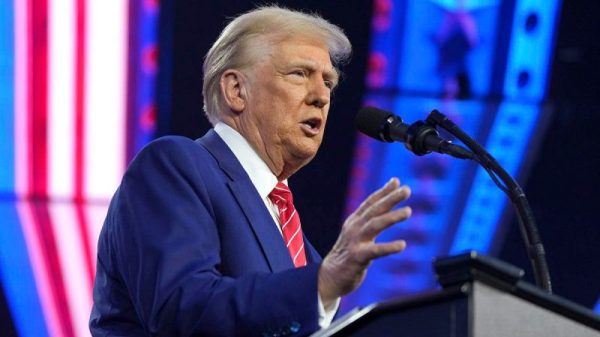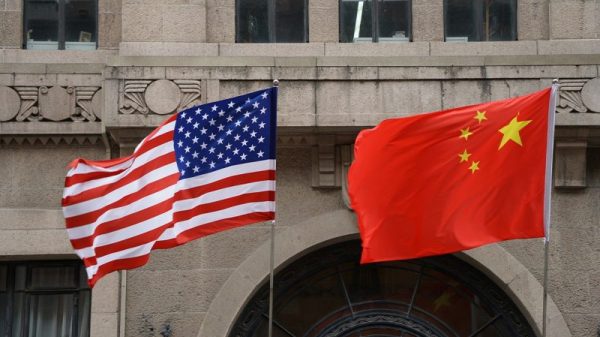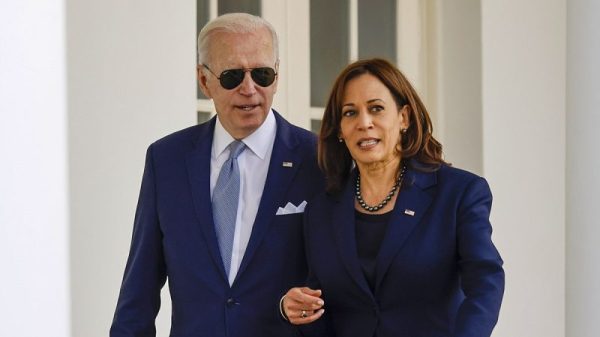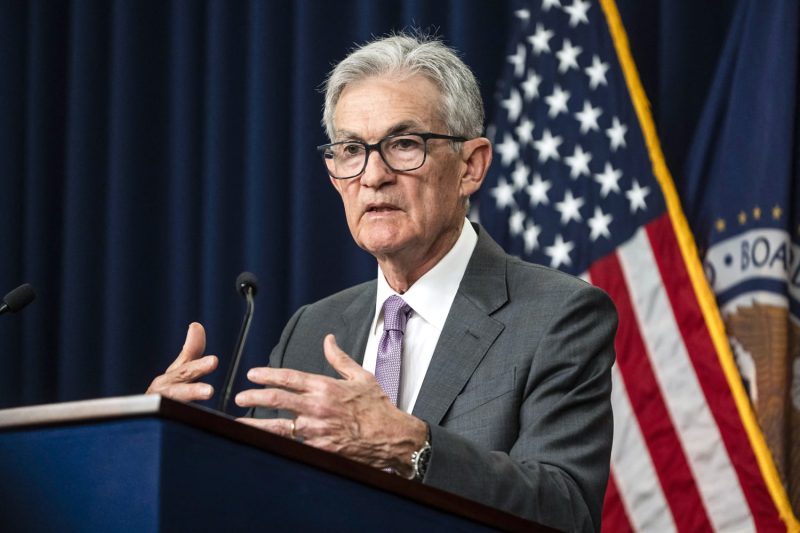The decision by Federal Reserve Chairman Jerome Powell to cut interest rates has sent shockwaves through the financial markets, marking a significant shift in the economic landscape. Powell’s move to lower the benchmark lending rate comes at a time when concerns over a potential economic downturn are looming large. The decision to cut rates is seen as a preemptive measure aimed at bolstering the economy and shielding it from the impact of various global uncertainties.
The global economic outlook has been clouded by escalating trade tensions between the United States and China, as well as other geopolitical uncertainties. These uncertainties have been reflected in slowing economic growth, declining business investment, and weakening consumer sentiment. Powell’s decision to cut interest rates is a calculated move to provide a stimulus to the economy and support continued growth.
The decision to lower interest rates comes after months of speculation and debate among policymakers and market participants. Powell indicated that the decision was driven by concerns about the downside risks to the economic outlook and the need to sustain the economic expansion. While the decision to cut rates was not unexpected, the timing and magnitude of the move have been met with a mixed reaction from economists and market participants.
Some analysts argue that the rate cut may be premature, given that the US economy is still growing at a moderate pace and the labor market remains strong. They argue that lowering interest rates now may limit the Fed’s ability to respond to a more severe economic downturn in the future. However, proponents of the rate cut point to the rising headwinds facing the global economy and the need for proactive measures to mitigate the risks.
The rate cut is expected to have a broad impact on various segments of the economy. Lower interest rates can stimulate borrowing and investment, boosting economic activity and supporting job creation. Consumers may also benefit from lower borrowing costs, potentially leading to increased spending and greater confidence in the economy. However, the rate cut could also have implications for savers and investors, as lower rates can reduce returns on savings and investments.
Looking ahead, the focus will now shift to how the economy responds to the rate cut and whether it provides the necessary support to sustain growth. Powell has indicated that the Federal Reserve will continue to monitor economic developments closely and adjust its policy as needed to support the economy. The decision to cut interest rates underscores the Fed’s commitment to promoting economic stability and growth in the face of mounting uncertainties.
In conclusion, Powell’s decision to cut interest rates reflects the challenging economic environment and the need for proactive measures to support continued growth. While the rate cut has stirred debate and uncertainty, it is seen as a necessary step to shield the economy from global headwinds and sustain the economic expansion. As the effects of the rate cut unfold, policymakers and market participants will closely watch how the economy responds and whether further actions will be needed to navigate the evolving economic landscape.


































